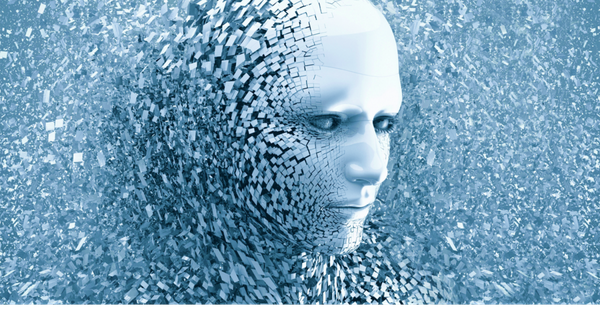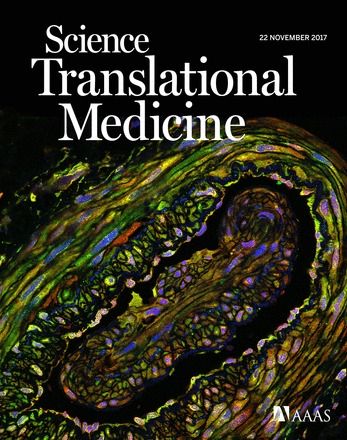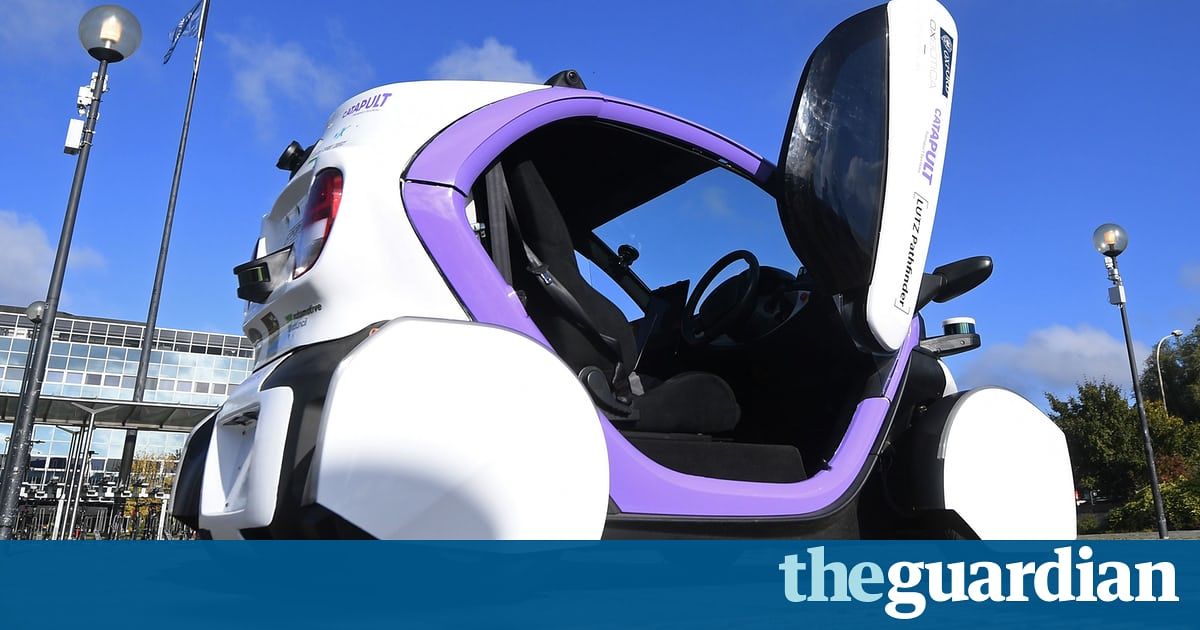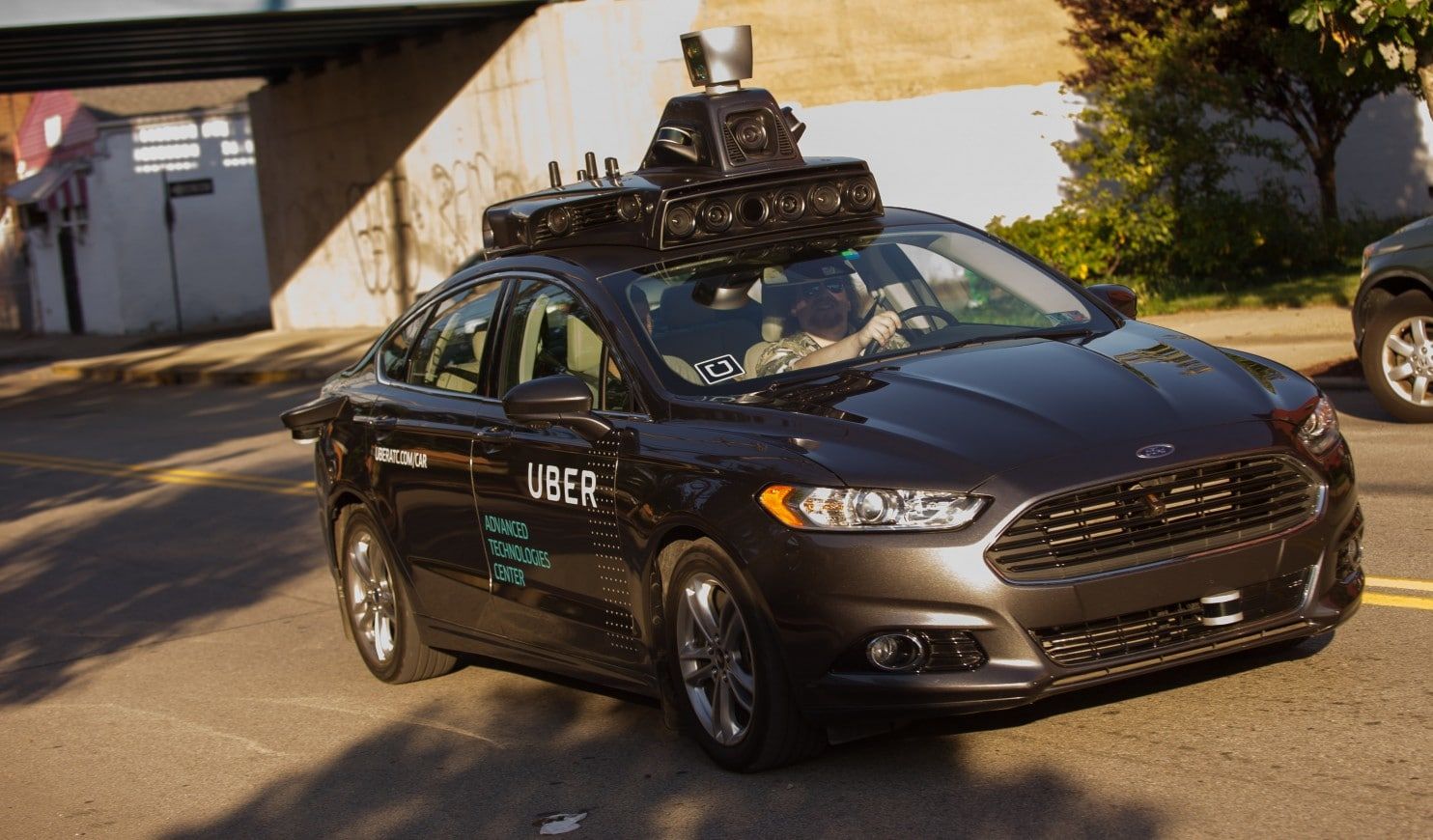Back in October, the announcement that the first interstellar asteroid triggered a flurry of excitement. Since that time, astronomers have conducted follow-up observations of the object known as 1I/2017 U1 (aka. ‘Oumuamua) and noted some rather interesting things about it. For example, from rapid changes in its brightness, it has been determined that the asteroid is rocky and metallic, and rather oddly-shaped.
Observations of the asteroid’s orbit have also revealed that it made its closest pass to our Sun back in September of 2017, and it is currently on its way back to interstellar space. Because of the mysteries this body holds, there are those who are advocating that it be intercepted and explored. One such group is Project Lyra, which recently released a study detailing the challenges and benefits such a mission would present.
The study, which recently appeared online under the title “Project Lyra: Sending a Spacecraft to 1I/’Oumuamua (former A/2017 U1), the Interstellar Asteroid”, was conducted by members of the Initiative for Interstellar Studies (i4iS) – a volunteer organization that is dedicated to making interstellar space travel a reality in the near future. The study was supported by Asteroid Initiatives LLC, an asteroid-prospecting company that is dedicated to facilitating the exploration and commercial exploitation of asteroids.








